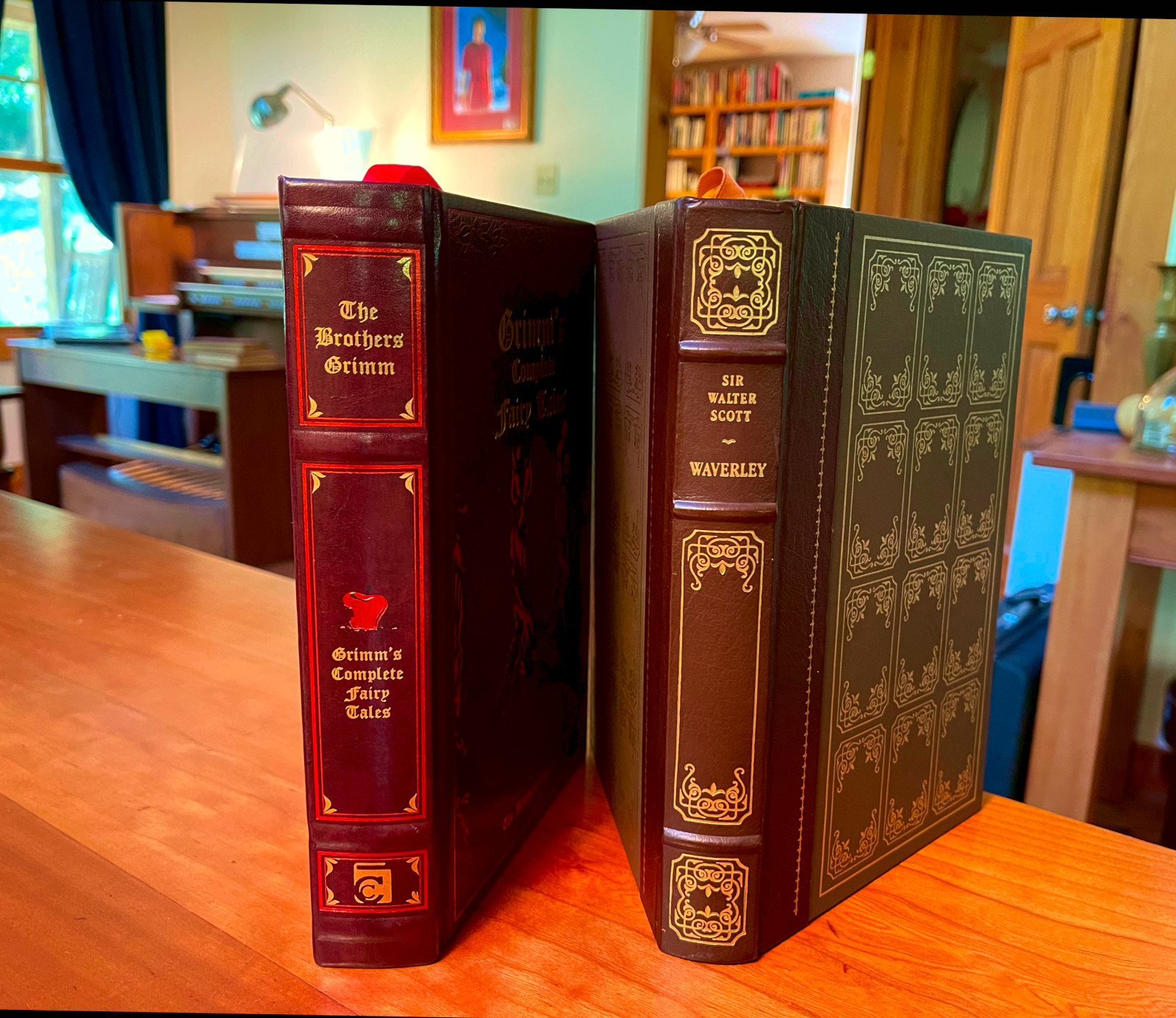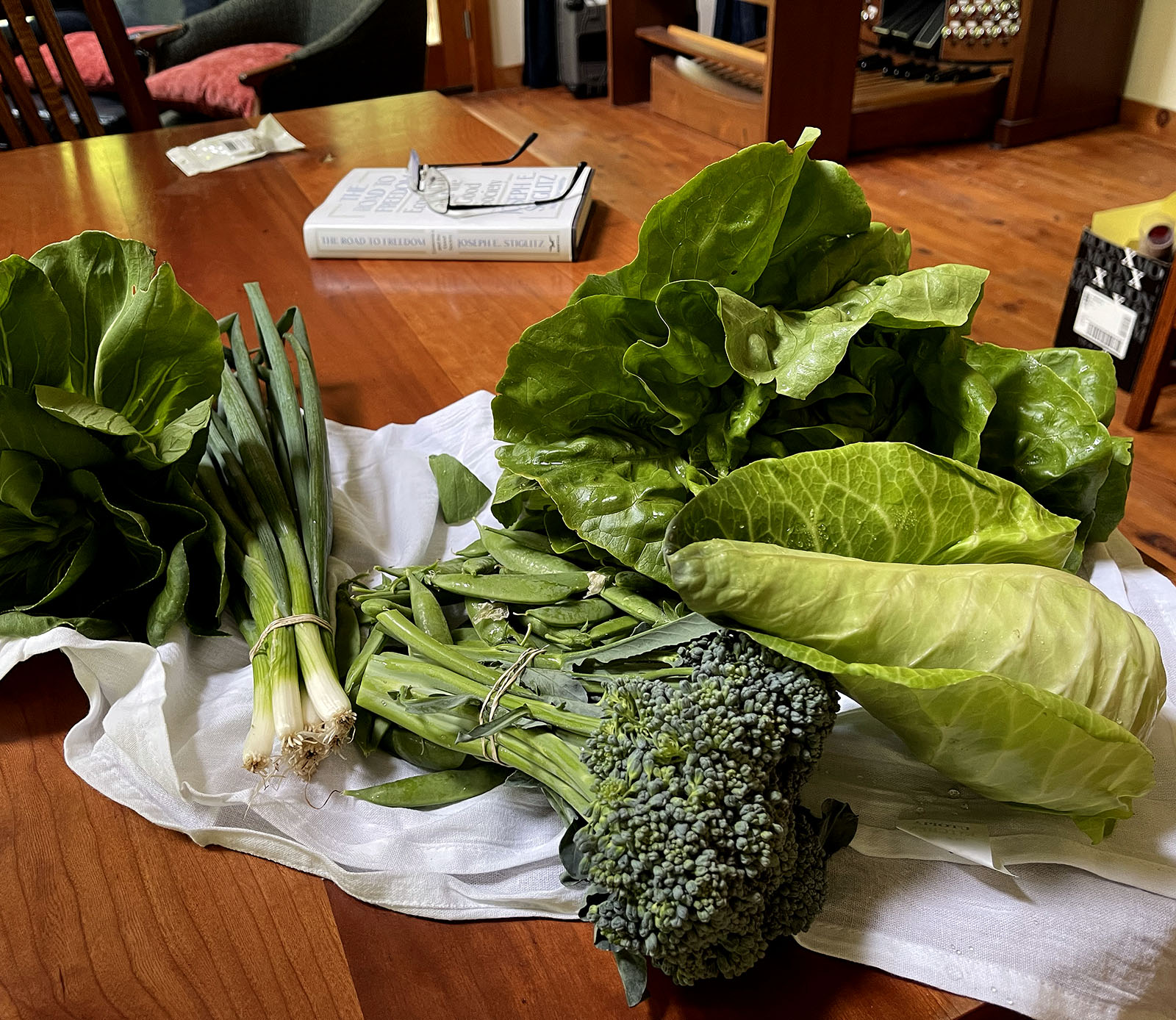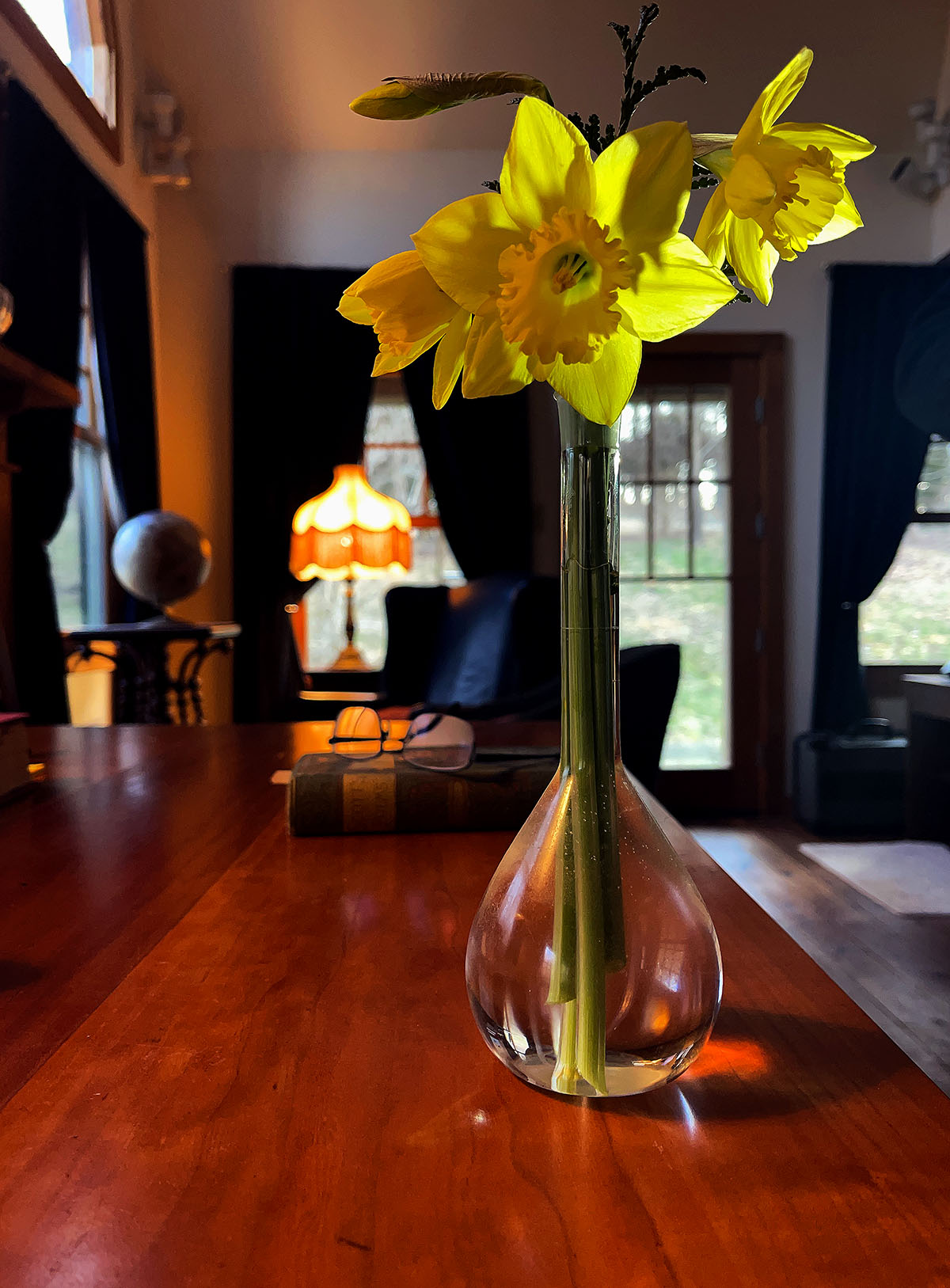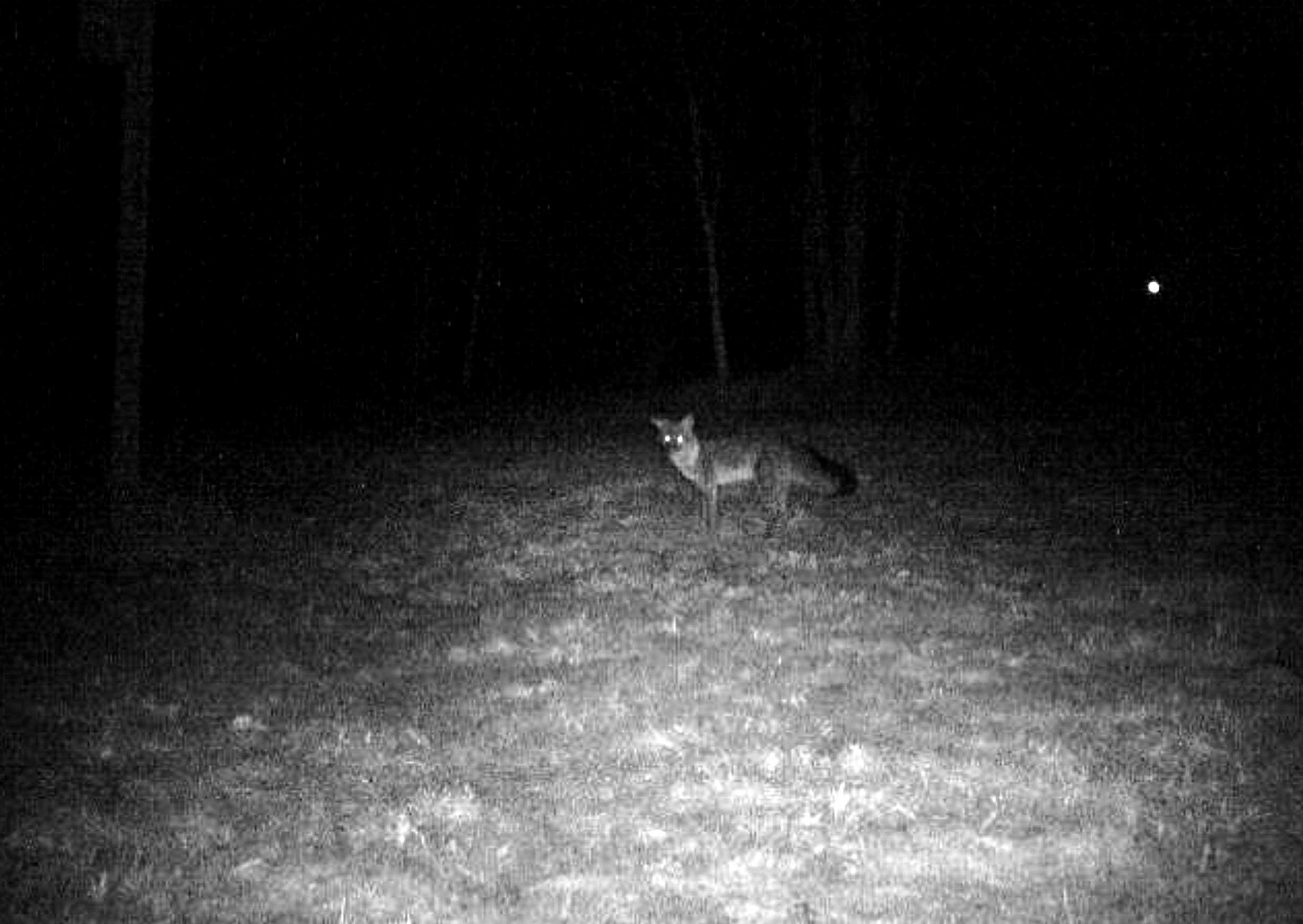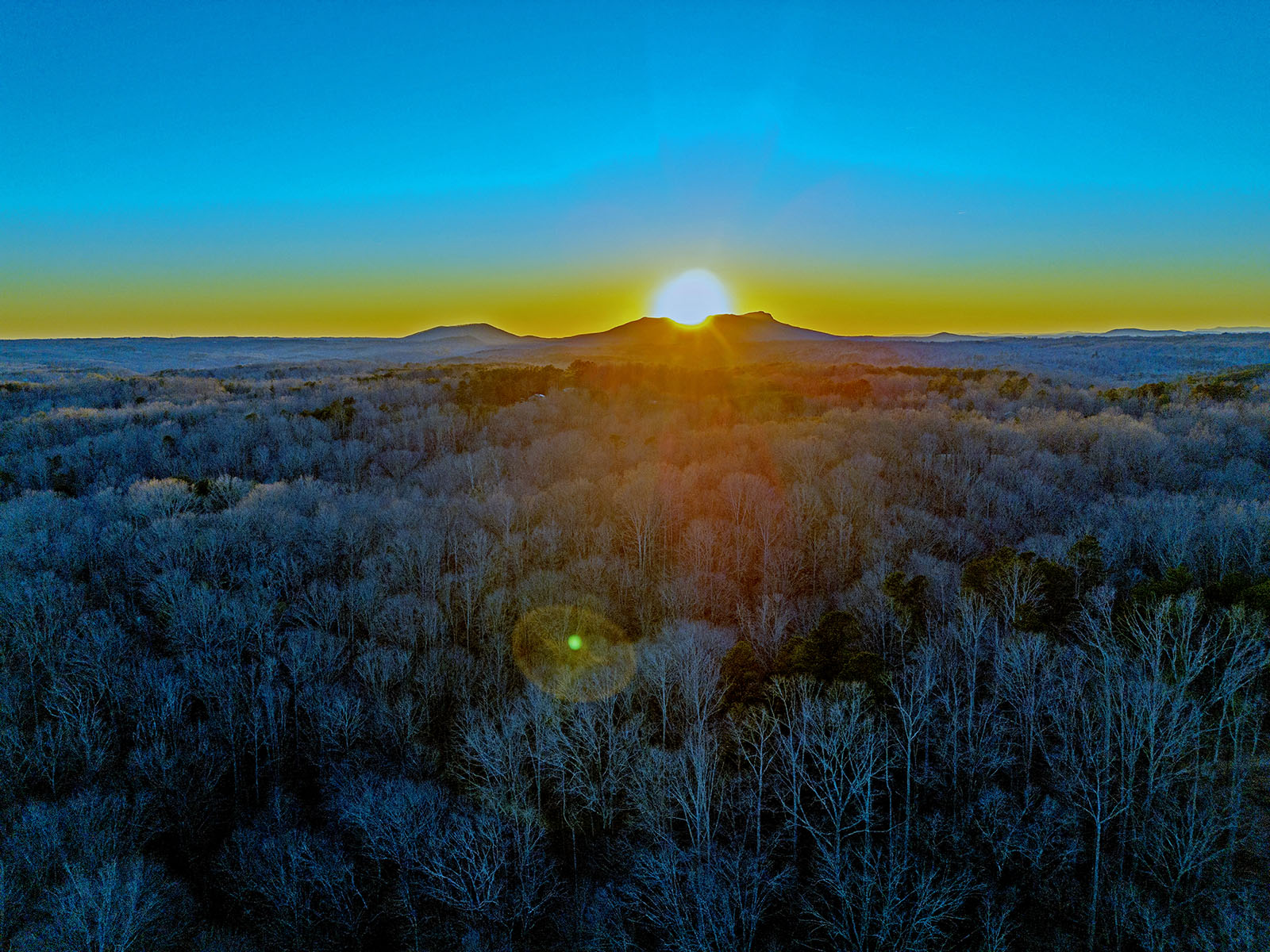
A neighbor’s horse, Pete
Yep, I live in Carolina, and it was a very nice Sunday morning — the sun just above the treetops, temperature 42F with a few spots of light frost. For the past couple of weeks, the weather has been cool enough to work on re-establishing the habit of morning walks.
But I’m not sure that nothing could be finah than to be in Carolina. I think I might prefer to be sneaking into the McDonald’s at Paddington Station for coffee and an Egg McMuffin before catching a train to Edinburgh. Or, better yet, having a ridiculously huge Scottish breakfast in one of those cafes on Cockburn Street above Waverley Station. October is the very best month for travel. But October also is a very good month to stay at home and be content.
Politics
I’m following the Trump trials very closely, but I’ve had nothing to say about the trials here because the trails are going very well — as long as you’re not Donald Trump. And then there’s the circus in the U.S. House of Representatives. It seems to me that Democrats are handling that very well and have all the right contingency plans for whichever way Republicans try to go. As always, the stupidity of Republicans is astonishing — gaining absolutely nothing politically while generating millions of dollars worth of bad publicity for themselves. I think it’s important to keep in mind, though, that so-called moderate Republicans in the House, though they are too afraid of Trump to say anything in public, are working hard behind the scenes to get out of the trap that MAGA bomb-throwers have caught them in. It’s not impossible, if all-Republican tactics fail, that moderate Republicans will have to make some kind of deal with Democrats to elect a speaker. If they do, Republicans will have to pay heavily for it.
Speaking of Waverley…
I’m about two-thirds through Sir Walter Scott’s Waverley. No Walter Scott novels are well-read these days, and Waverley is hardly ever mentioned. This surprises me, because of the nine or ten Walter Scott novels I’ve read, Waverley seems like one of the best candidates to be made into a movie. The Edward Waverley character reminds me a great deal of the Edmond Dantès character in Le Comte de Monte Cristo. We get Gothic scenes in the Highlands, castles, hovels, full-dress balls at the Palace of Holyroodhouse, and a wide range of characters from eccentric earls to outlaws to the charismatic Flora MacDonald, who is famous for helping Bonnie Prince Charlie escape from government troops. (In the novel, the Flora MacDonald character is named Flora MacIvor.)
Leather-bound books
I could easily develop a fetish for leather-bound books. However, the uncommon ones would be very expensive. As for the common ones, the titles available are very limited. There is a good eBay market for the more common editions of leather-bound books from publishers such as the Franklin Library and Easton Press. The titles available for these so-called collectible editions are usually classics in the public domain. Easton Press is still in business. A five-book set of Tolkien’s books including the trilogy plus The Hobbit and The Silmarillion will cost you $395. Maybe someday. But it is a pleasure to actually read these nice editions. Many people buy them for display and never actually read them, which improves the secondhand market on eBay.


I found a major source of proper pumpkins — eatin’ pumpkins, as they’re called here. This pumpkin, after a week or two as a decoration, will become soup and pie.
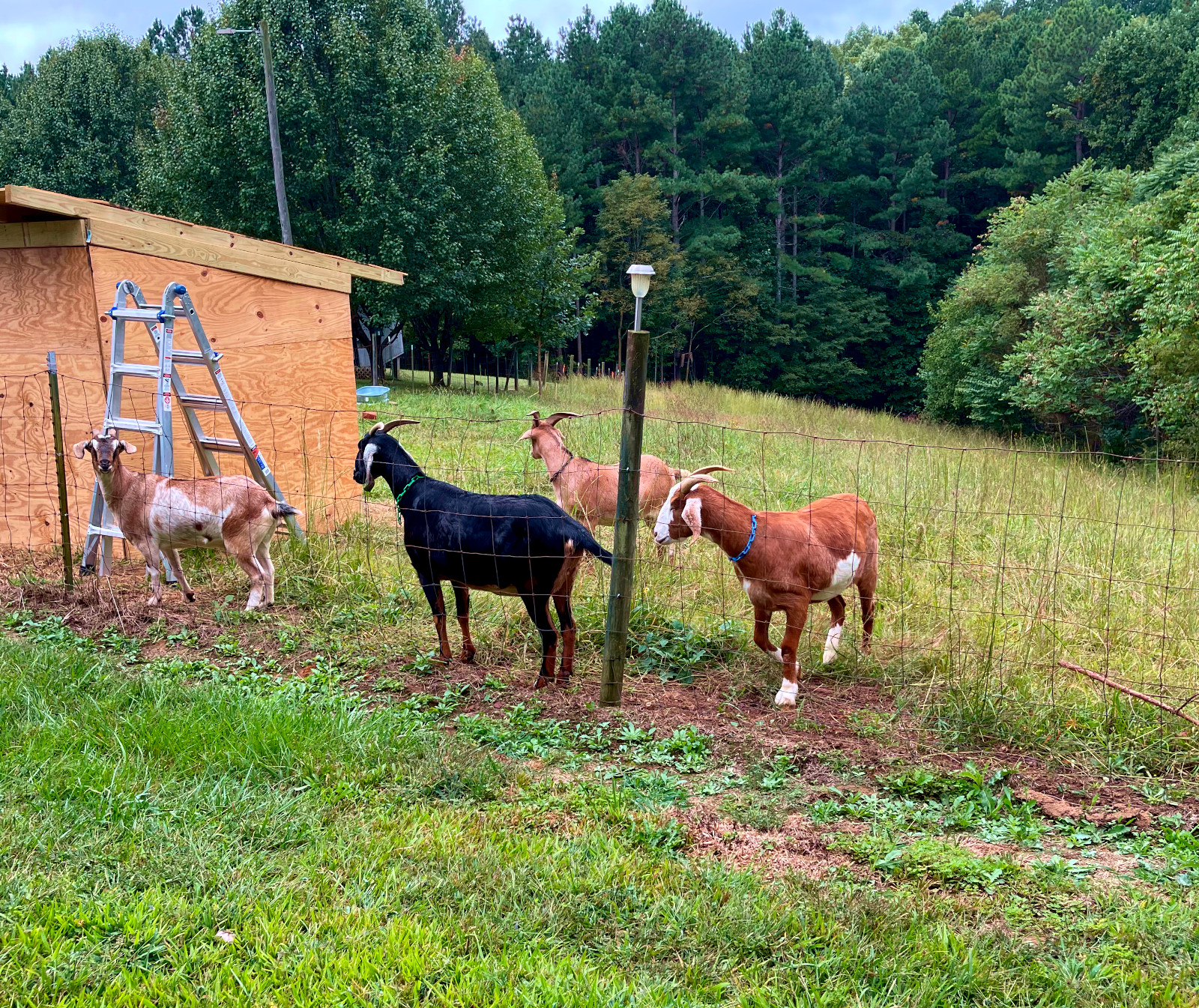
Some neighbors recently acquired four goats. I wonder if they know what they’re in for.
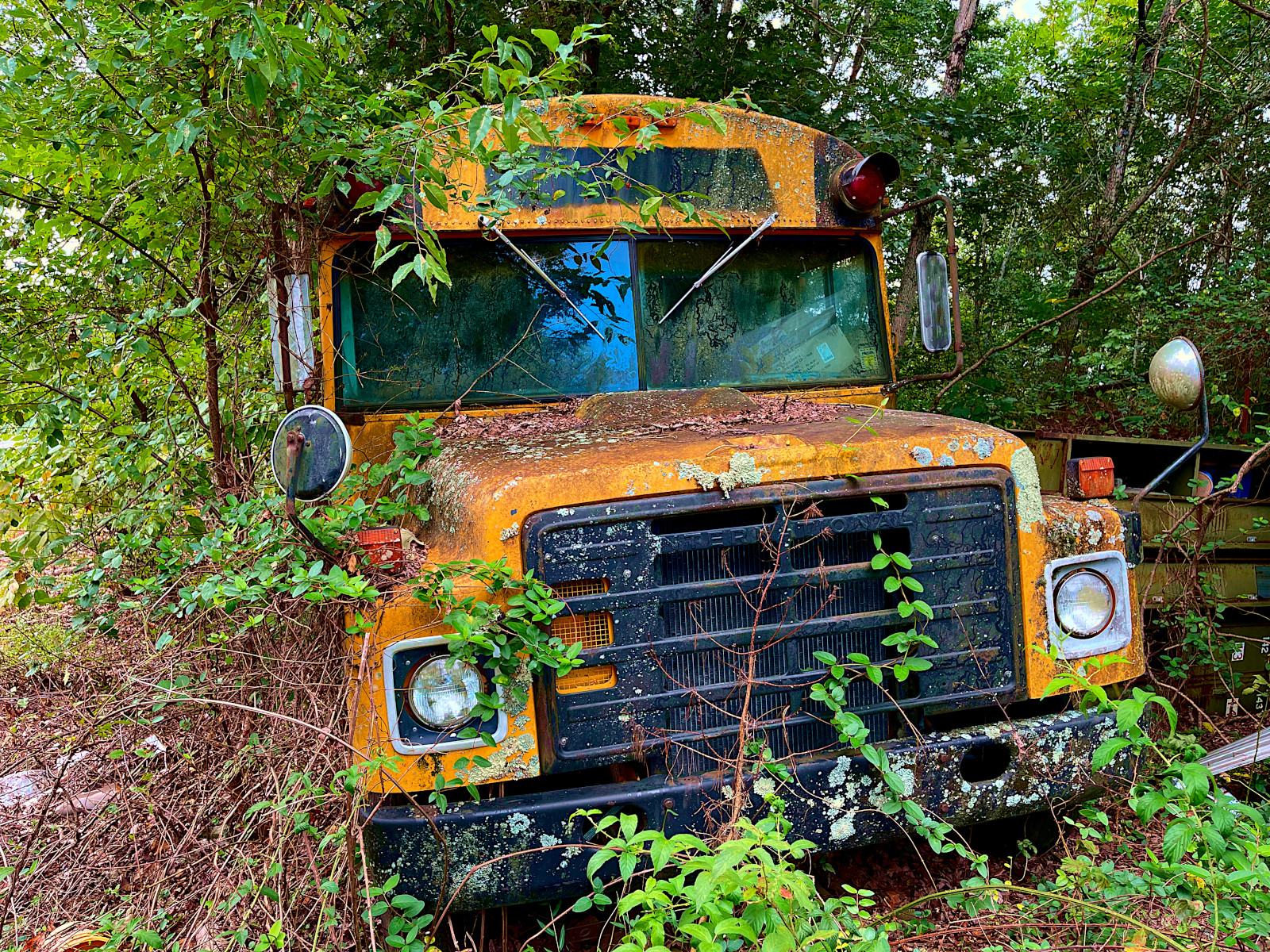
On my morning walks, I pass an abandoned house with this abandoned old school bus. The bus is one of the short versions used for special-needs students. It breaks my heart to see fine old machines decaying. I fantasize about fixing it up and turning it into a tiny house on wheels.

Lily loves her Saturday afternoon live-streamed concerts from the Berlin Philharmonic. This is Evgeny Kissin playing the Mozart piano concerto No. 23.
